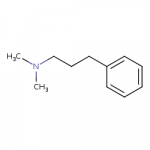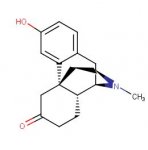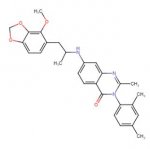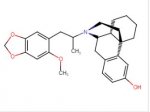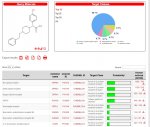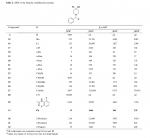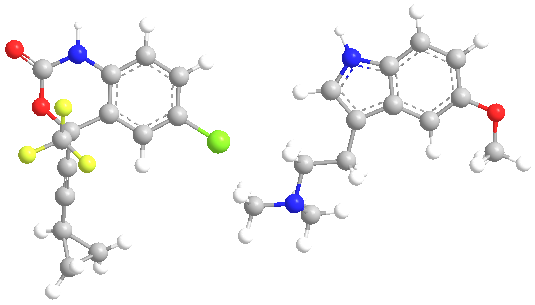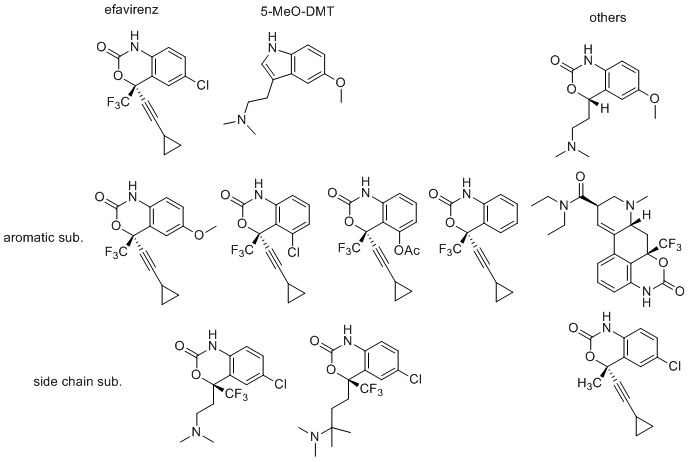Nicomorphinist
Bluelighter
- Joined
- Apr 18, 2019
- Messages
- 1,401
There that article is -- that makes more sense; I think the other three codeine barbiturates were invented in the 1930s. Barbital is also used by dragon chasers, sometimes with caffeine as well, to modify the melting point of heroin, and opium ash-aspirin-barbital is a classic morning tea recipe for opium smokers . . .From the (translated) abstract of the article "Codeonal, a Narcotic and Hypnotic" from Berliner Klinische Wochenschrift (1913), volume 49, pages 260-261:
Diethylbarbiturate is also known as barbital or barbitone.
Phantastica by Dr Louis Lewin, often called the father of toxicology, has a really good lowdown on the medicinal and unsupervised drugs scenes in 1920s Europe and elsewhere in the world, including some very early data on peyote, and it mentions other gnarly things like Trivalin, which was morphine valerate, cocaine valerate, and caffeine valerate mixed in a tablet.
Last edited:

